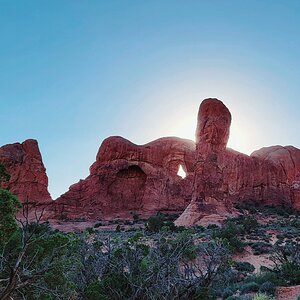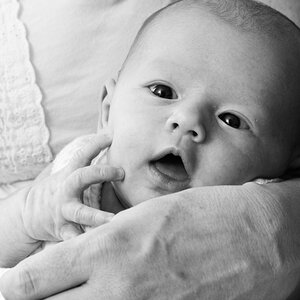donas
TPF Noob!
- Joined
- May 27, 2013
- Messages
- 2
- Reaction score
- 0
- Location
- SC
- Can others edit my Photos
- Photos OK to edit
Hello all, this is my first post on here, as it seems thus far all my questions can be answered via the search box. What I can't find too much to read about is gimbal head usage. I understand the primary use seems to be for fast moving wildlife for easy panning, but since it balances a larger lens so easily, why don't I see it used for moon photography? I recently bought a Wimberly Sidekick and it sure seems like it balances and can lock my Tameron 150-600 in quite well. I'm am quite the beginner, so most of what I take is mediocre at best, I don't want to be behind the curve with bad technique to start with!
Thanks for the input.
Thanks for the input.


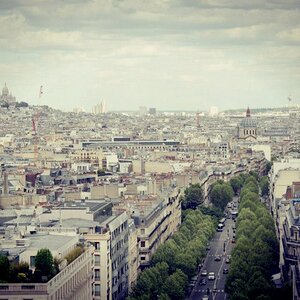
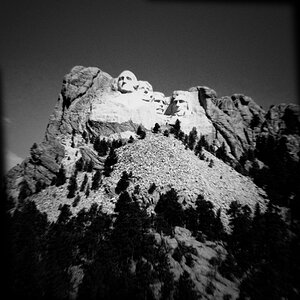

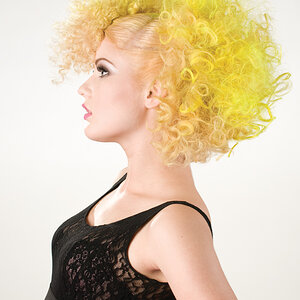
![[No title]](/data/xfmg/thumbnail/37/37098-71ca7ea318288ab459358b6e9c9a7a8d.jpg?1619737881)
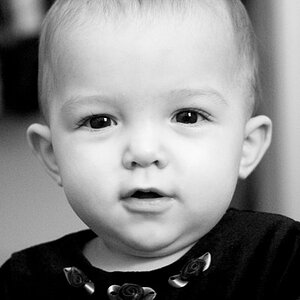
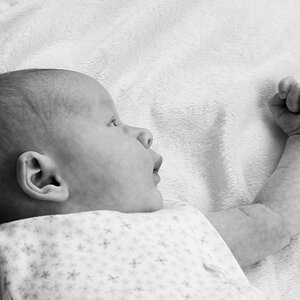
![[No title]](/data/xfmg/thumbnail/37/37101-cf094d75976427b415711e9c9955c8a3.jpg?1619737881)
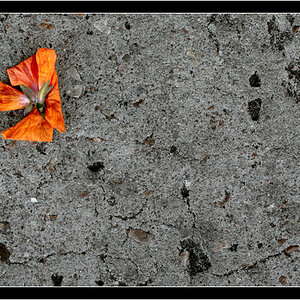
![[No title]](/data/xfmg/thumbnail/40/40309-c759bfd4ae7c079632e7402d21d332f1.jpg?1619739414)
